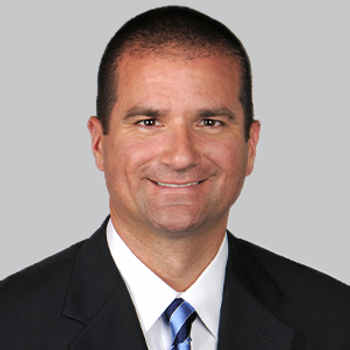
The Rapid Hyperdensity tool uses noncontrast CT scans to evaluate the hyperdense tissue volume during the identification and assessment of intracerebral hemorrhage.

The Rapid Hyperdensity tool uses noncontrast CT scans to evaluate the hyperdense tissue volume during the identification and assessment of intracerebral hemorrhage.

Expected to be marketed as Lumryz by Avadel Pharmaceuticals, the extended-release oral suspension sodium oxybate’s final approval is pending the disposition of the REMS patent listed in the FDA’s Orange Book.
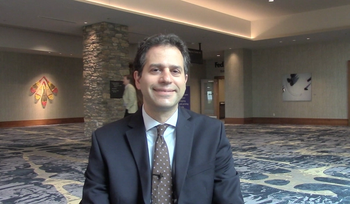
The neurologist at Weill Cornell Medicine and NewYork-Presbyterian Hospital offered his insight into the state of treatment for status migrainosus and whether or not the new migraine medications can help improve care. [WATCH TIME: 2 minutes]

As scientific researchers continue to uncover new genetic links to amyotrophic lateral sclerosis, the rise of gene therapies to treat the neuromuscular disease will remain a development to watch in the coming years.

The vice president of clinical development at Biohaven provided insight on a new phase 3 study assessing a muscle-targeted agent as an adjunct therapy to currently approved spinal muscular atrophy medications.

Jill Farmer, DO, MPH, director of the Parkinson’s Disease and Movement Disorder Program at Global Neuroscience Institute, spoke at length about the recent ATMRD Congress, the state of care for movement disorders, and her hopes for the horizon of therapy and treatment.

Over a year treatment period, patients maintained their subscale scores assessing medication effects, energy and fatigue, and cognition, all of which might be expected to be sensitive to a new treatment.

The neurologist and movement disorders fellow at University Hospitals Cleveland Medical Center spoke about the need for clinicians to have more time with patients in clinical practice, particularly with those with chronic diseases. [WATCH TIME: 2 minutes]

Using rigorous cell-based assays, cerebrospinal fluid GFAP levels were significantly lower in double-seronegative NMOSD than AQP4-positive NMOSD but did not differ between those with MOGAD or other neurological diseases.
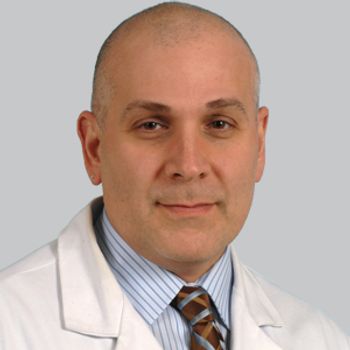
The double-blind, placebo-controlled, randomized trial will evaluate CT1812, a small molecule therapeutic designed to address the dual assault from α-synuclein and amyloid-ß oligomers in patients with dementia with Lewy bodies.
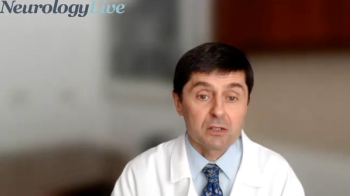
The chair of Cleveland Clinic’s Department of Physical Medicine provided background on the usage of exoskeletons in the clinical and at-home settings for rehabbing patients with multiple sclerosis. [WATCH TIME: 2 minutes]

Previously used to treat conditions such as temporal lobe epilepsy and focal impaired awareness, the FDA approved a new oral suspension of zonisamide, an antiseizure medication on the market for over 2 decades.
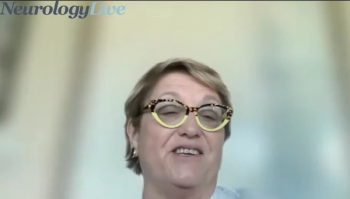
The director of the John P. Hussman Institute for Human Genomics at the University of Miami discussed non-APOE–related genetic correlations between different groups of individuals and Alzheimer disease. [WATCH TIME: 5 minutes]

Here's some of what is coming soon to NeurologyLive® this week.
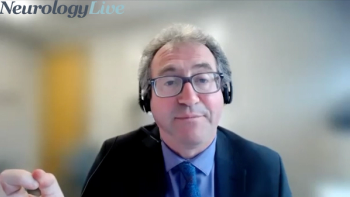
The director of the Mayo Clinic Center for Multiple Sclerosis and Autoimmune Neurology discussed the technological capabilities the center has, including the improved use of neural antibody testing. [WATCH TIME: 6 minutes]

Neuropathic pain and constipation coexisted in 43.5% of the survey participants, and approximately one-third of patients with both symptoms reported a possible link between the two.

Test your neurology knowledge with NeurologyLive®'s weekly quiz series, featuring questions on a variety of clinical and historical neurology topics. This week's topic is neuromuscular disorders.
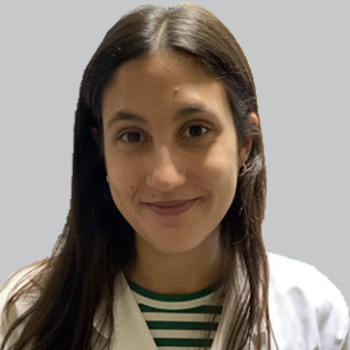
Between AQP4-IgG-positive and negative patients with NMOSD, there were no significant differences in cognitive performance, despite having similar demographic and clinical characteristics.
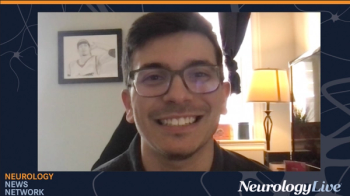
Neurology News Network for the week ending July 16, 2022. [WATCH TIME: 4 minutes]

Take 5 minutes to catch up on NeurologyLive®'s highlights from the week ending July 15, 2022.

Those randomly assigned to cognitive behavioral therapy reported significantly lower aggregate posttreatment mean HIT-6 scores compared with standard care, but the posttreatment effect for cognitive processing therapy vs treatment per usual was modest.
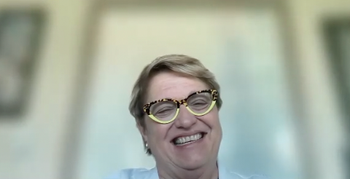
The director of the John P. Hussman Institute for Human Genomics at the University of Miami provided insight on the outlook on genetics and gene-based therapies for Alzheimer disease. [WATCH TIME: 3 minutes]
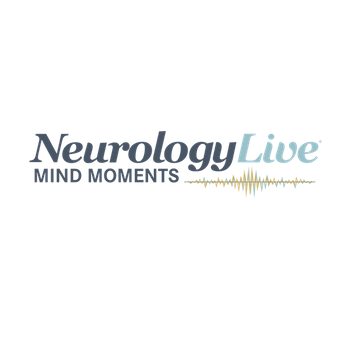
Mind Moments®, a podcast from NeurologyLive®, brings you an exclusive interview with Rajesh Pahwa, MD. [LISTEN TIME: 27 minutes]

The new phase 2b trial expands on successful phase 2a findings, in which treatment with SCI-110 resulted in a 21% reduction in tics across a cohort of adults with Tourette syndrome.
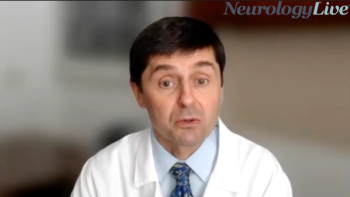
The chair of Cleveland Clinic’s Department of Physical Medicine discussed the different ways a newly approved robotic exoskeleton can improve gait in patients with multiple sclerosis. [WATCH TIME: 4 minutes]

The neurologist and movement disorders fellow at University Hospitals Cleveland Medical Center spoke about how his experience as a caregiver shapes his perspective as a doctor in care for those with movement disorders. [WATCH TIME: 3 minutes]
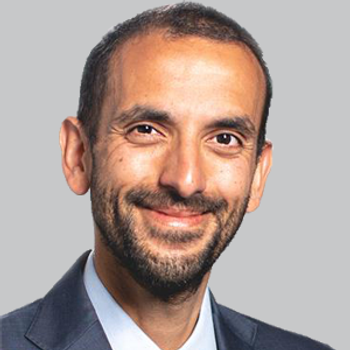
In a meta-analysis spanning 10 studies of 1300 patients with Alzheimer disease, global cognition, as measured by the Mini-Mental State Examination or ADAS-Cog, was improved using noradrenergic drugs.

The presence of concurrent psychogenic nonepileptic seizures increased the odds of hospitalization for first suicide by 152% compared with epilepsy alone.

In comparison with controls, there were no significant differences in MRI volumes, amyloid-ß or tau accumulation, nor in most longitudinal measures among those with traumatic brain injury and/or PTSD.

In comparison to those with consistently low depressive symptoms, those with consistently high, fluctuating, and increasing depressive trajectories had 18% to 31% higher hazard of developing incident stroke.